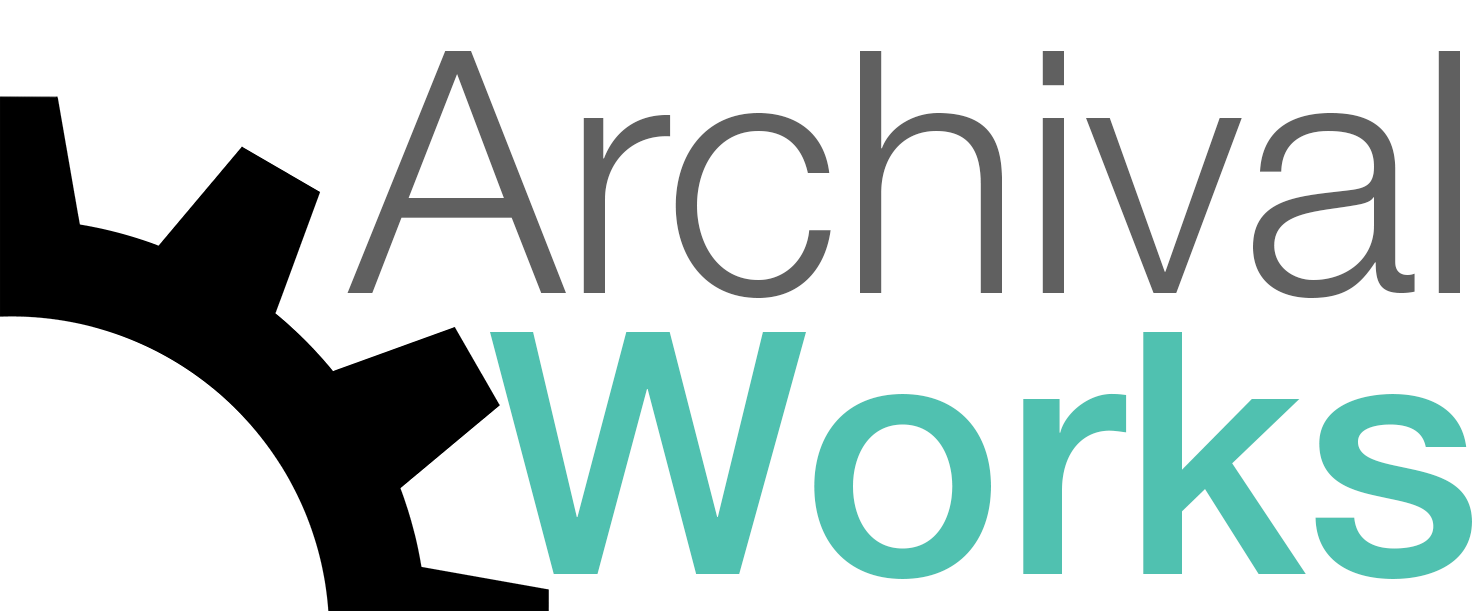Digitizing Analog Media for Preservation
A photo of the high-end equipment at the British Library’s Sound Archives.
Photo by Andy Powell, CC BY 2.0, photo is unaltered.
As technology advances and society becomes increasingly digital, it's important to consider the best ways to preserve and digitize analog media. Analog media, such as film reels, cassette tapes, and VHS tapes, can degrade over time, making it difficult to access and enjoy the content they contain. By digitizing these materials, we can ensure that they are preserved for future generations and are easily accessible today. Here are some best practices for digitizing and preserving analog media:
Choose the right equipment: Invest in high-quality equipment that is capable of capturing and preserving the analog content. For example, if you are digitizing videotapes such as VHS, you will need a high quality VHS deck, such as one with S-Video outputs and a built in Time Base Corrector (TBC). A standalone TBC is valuable as well.
A TBC is a device that is used to stabilize and synchronize the timing of an analog video signal. It is often used to improve the quality of old or degraded analog video tapes, such as VHS tapes, by correcting for issues like jitter, skew, and time base errors. It's important to note that a TBC is not a replacement for proper handling and storage of analog media.
In addition, you’ll need a powerful capture card, such as one that can capture lossless, 10-bit video. The goal is always to make sure that the equipment you are using is never the limiting factor of video quality. This means that the results will always be the highest quality possible, limited only by the original tape or film.
Handle the media carefully: Before digitizing any analog media, it's important to handle it with care. This means keeping it away from heat, moisture, and direct sunlight, and storing it in a cool, dry place. Monitoring temperature and humidity is a must. In addition, dehydrating or manually cleaning the media may be necessary.
Use the highest quality settings: When digitizing analog media, it's important to capture as much detail as possible. This means using the highest quality settings available on your equipment. For video tapes, we always recommend capturing lossless, 10-bit, 4:2:2 or better. You can read about the importance of lossless video here, and of 10-bit video here.
Make multiple copies: It's always a good idea to make multiple copies of your digitized analog media. This ensures that you have backups in case something happens to the original copy. You can store the copies in different locations, such as on a hard drive, on the cloud, or on physical media like DVDs, Blu-ray discs, or LTO.
Keep the original media: While it's important to digitize your analog media, it's also important to keep the original copies. These can be used as reference points in case something goes wrong with the digitized copies. They can also be used to create new copies if the original transfer becomes damaged or lost.
By following these best practices, you can ensure that your analog media is properly digitized and preserved for future generations. By digitizing these materials, we can ensure that the memories and experiences captured on them are not lost to time.

